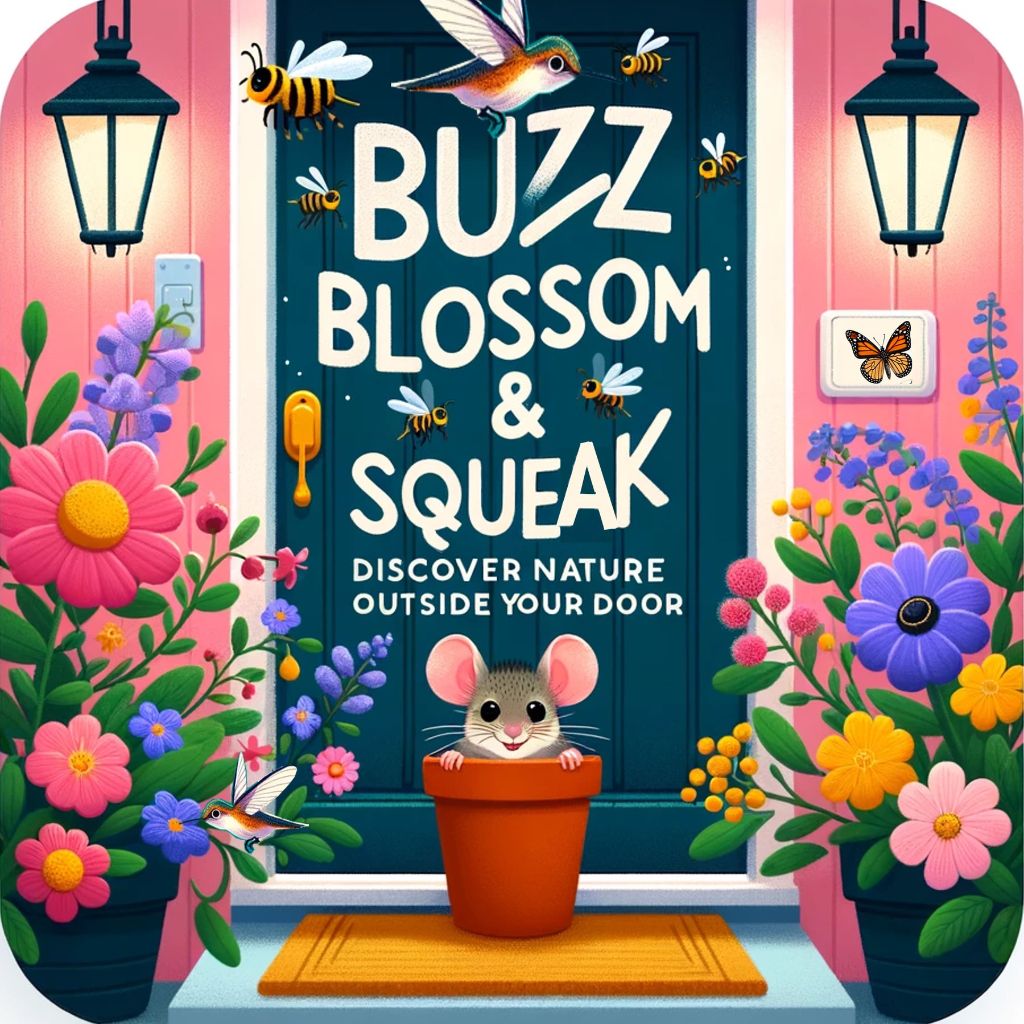Introduction: Making Nature More Knowable
Nature is full of surprises. A strange vine climbing a fence. A birdcall from deep in the woods. A rustle in the leaves that could be anything from a squirrel to a fox. For those who love the outdoors, these moments can be thrilling—and confusing. Thankfully, today’s technology offers more than entertainment. It offers understanding. A new generation of apps is empowering outdoor explorers to identify, learn about, and connect more deeply with the natural world.
This blog explores five standout apps that help identify everything from birds and bugs to flowers and trees. With these tools, nature becomes more accessible, more educational, and more engaging.
iNaturalist: Community Meets Science
One of the most powerful tools for natural identification is iNaturalist. More than just an app, it’s a global community of naturalists, scientists, and curious minds. Users upload photos or videos of plants, animals, or insects. Other users then help identify the species. Once a consensus is reached, experts confirm the identification. The app logs this data and adds it to a massive global biodiversity database.
What makes iNaturalist special is that it’s more than personal learning—it’s science in action. Observations contribute to real ecological studies, including species tracking and environmental changes. From identifying a coyote in a backyard to spotting rare plant species in remote trails, iNaturalist helps users understand what they see and share it with others.
It’s a slower process than instant ID tools, but one that encourages patience, observation, and a sense of contribution to something bigger.
Seek: Instant Identification Made Simple
For those who prefer fast answers, Seek is the go-to option. Created by the iNaturalist team, Seek uses image recognition to identify living organisms instantly—no account required. Simply point your phone’s camera at a flower, insect, or tree, and the app gets to work.
Seek is beginner-friendly, making it ideal for children, classrooms, and new explorers. It includes gamified features like badges and challenges, which encourage users to get outside and find new species. Think of it as a nature-themed treasure hunt.
The simplicity of Seek is its greatest strength. It requires no scientific background or photography skills. As long as the camera gets a clear image, Seek can likely identify it. From identifying invasive honeysuckle to recognizing wild strawberries growing in a backyard, Seek turns everyday outdoor moments into teachable discoveries.
Birds Near Me: Local Birding Intelligence
Birdwatching becomes easier and more rewarding with apps like Birds Near Me, which taps into the massive database maintained by the Cornell Lab of Ornithology. This iOS-only app lets users check which birds are being seen in their area.
By setting specific ranges and timeframes—like within a three-mile radius over the past five days—users get a clear sense of what species are currently active nearby. This is incredibly useful during migration seasons or when spotting unfamiliar birds. The app doesn’t just help confirm what’s been seen—it also opens the door to new sightings and adventures.
When trying to determine whether that large white bird is a tundra swan or a trumpeter swan, Birds Near Me shows what’s already been logged in the area, narrowing down the options.
Merlin: Seeing and Hearing the Birds Around You
Merlin takes birding to the next level. Developed by the same team as Birds Near Me, this app offers two primary methods of identification: visual and audio.
Users can upload a photo or answer a few simple questions—color, size, location—to receive a list of likely species. Even more impressive is its ability to identify birds by their calls and songs. By simply letting the app “listen” with the phone’s microphone, it analyzes the sounds and provides near-instant feedback.
Though it’s not perfect—it can mistake human noises for bird calls—it is remarkably accurate most of the time. It also records the sounds it hears, allowing users to replay and double-check the findings later.
This app doesn’t just help with identification. It trains users to pair visual and auditory clues, turning casual birdwatchers into skilled observers.
iBird: The Encyclopedia in Your Pocket
While most of the apps discussed so far are free, iBird is a paid tool—but for good reason. It functions as a fully downloadable bird encyclopedia. With illustrations, maps, songs, and behavioral notes, iBird provides a rich library of knowledge that works even without an internet connection.
This makes it ideal for deep-woods adventures or remote campsites where reception is unreliable. The companion app, iBird Photo Sleuth, also allows users to upload photos for identification—giving a second opinion when other tools fall short.
iBird offers versions tailored to specific regions, including Hawaii and Europe. It’s perfect for anyone serious about birding or for those who want a reliable reference guide on their outdoor trips.
How These Apps Bring Nature Closer
Each of these apps serves a unique purpose, but they all share a common goal: making the natural world more understandable. Whether helping a child avoid poison ivy or confirming the identity of a rare bird, these tools empower users to see nature clearly and confidently.
They also foster a greater sense of presence and awareness. While there’s a common critique that technology distracts from the moment, in these cases, it enhances it. Identifying a plant or bird leads to curiosity, questions, and sometimes excitement—like the group of students who suddenly lit up when they realized a rare hooded warbler was in the tree above them.
These tools turn every outing into a chance to learn something new. They cultivate attentiveness and appreciation—qualities that deepen the experience of being outdoors.
Conclusion: Step Outside and Start Exploring
Nature isn’t just for experts or seasoned hikers. With the right tools, anyone can become a better observer and learner of the world outside their door. Apps like iNaturalist, Seek, Merlin, Birds Near Me, and iBird are not just convenient—they’re transformative. They bridge the gap between curiosity and knowledge, making the outdoors a classroom, a sanctuary, and a playground all at once.
Whether it’s the thrill of discovering a new plant, the joy of hearing a bird and knowing its name, or the simple confidence of knowing what’s around, these tools offer a meaningful way to engage with the natural world. Download one, step outside, and start exploring. There’s a whole world waiting to be recognized.

